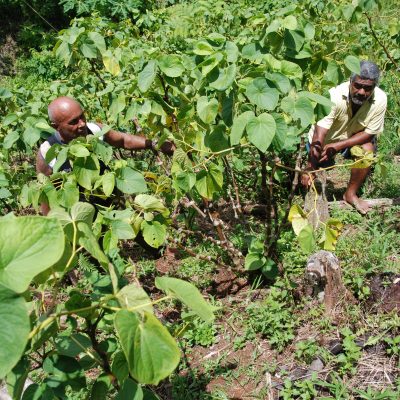
Kava
Category: Fact Sheets
Description:
Given the importance of kava to Pacific livelihoods and its significant market and export potential, PHAMA is prioritising assistance to the crop. Significant support continues to be provided in Vanuatu, Fiji and more recently, Samoa.
Back
